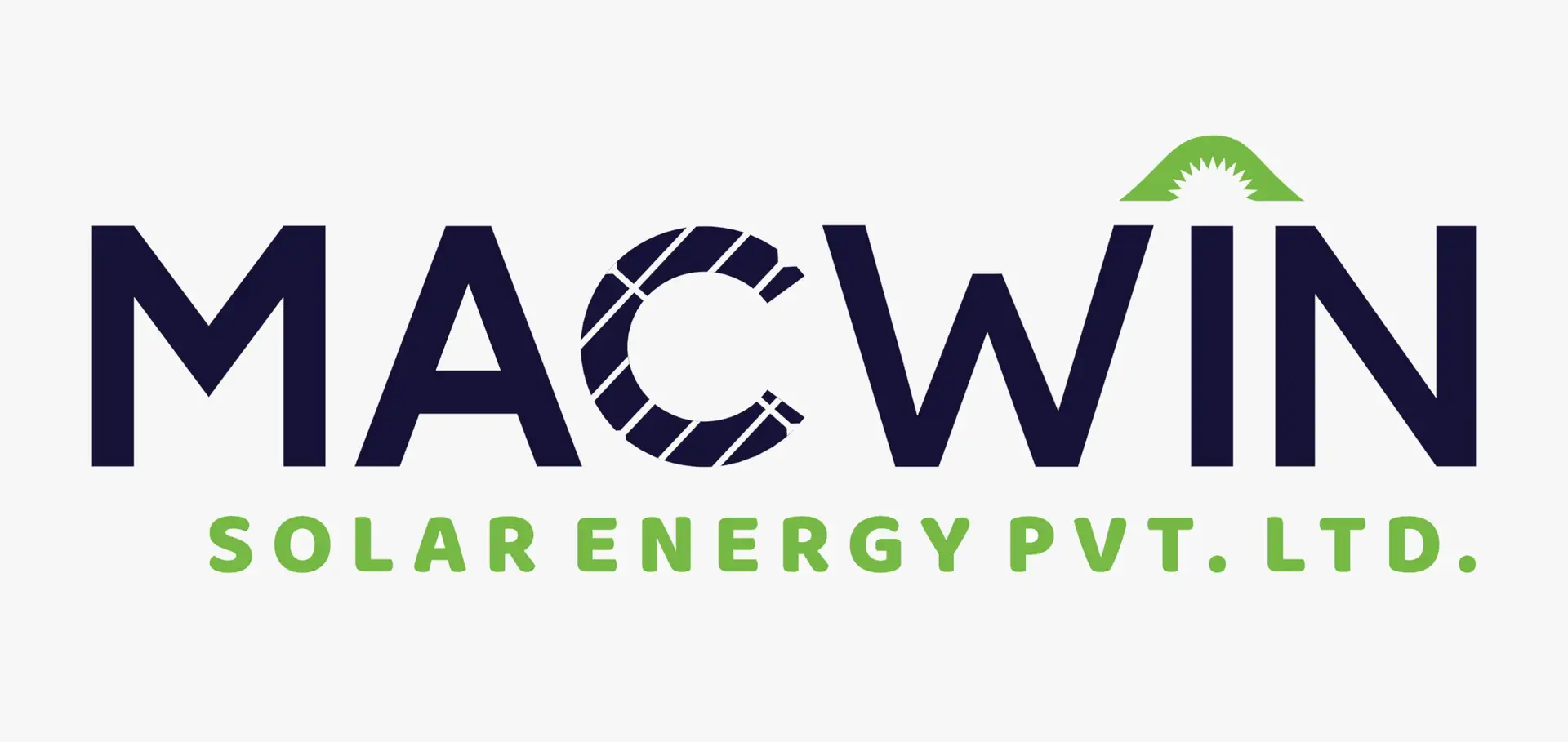Solar panel manufacturing technology has evolved significantly, with recent advancements such as Mono PERC, TOPCon, and HJT technologies enhancing solar panel efficiency, durability, and overall performance. These innovations have made solar panels more cost-effective and viable for renewable energy production. Let’s explore each solar PV module technology in detail and understand their differences.
PERC Solar PV Modules
Understanding PERC Technology
PERC (Passivated Emitter and Rear Cell) solar panels have become a popular choice in the solar industry due to their enhanced efficiency. These panels incorporate a passivation layer on the back side of the solar cell, reducing recombination losses and improving light absorption. The passivation layer reflects unabsorbed light back into the silicon cell, increasing overall efficiency.
Advantages of PERC Solar Panels
- Higher Efficiency: PERC panels generate 6–12% more energy than conventional panels.
- Better Low-Light and High-Heat Performance: Enhanced efficiency in low-light and high-temperature environments.
- Space Efficiency: Fewer panels are needed for the same power output, making installations more compact.
- Lower BOS Costs: Reduced balance of system costs due to fewer required panels.
Disadvantages of PERC Solar Panels
- Higher cost compared to traditional panels.
- More sensitivity to shading.
- As a newer technology, long-term durability remains under study.
Applications of PERC Solar Panels
- Residential Rooftops: Ideal for homeowners with limited space.
- Commercial Installations: Suitable for office buildings, shopping malls, and warehouses.
- Large-Scale Solar Plants: Efficient for utility-scale energy production.
TOPCon Solar PV Modules
Understanding TOPCon Technology
TOPCon (Tunnel Oxide Passivated Contact) solar technology features a thin tunnel oxide layer between a transparent conductive oxide (TCO) and a p-doped crystalline silicon layer. This design reduces charge carrier recombination, enhancing efficiency.
Advantages of TOPCon Solar Panels
- Higher Efficiency: Achieves up to 28% efficiency, outperforming PERC panels.
- Lower Degradation: Maintains performance longer than PERC modules.
- Better Temperature Resistance: Performs well in hot climates.
- Bifaciality: Generates energy from both front and back surfaces.
- Enhanced Low-Light Performance: Efficient even in suboptimal sunlight conditions.
Disadvantages of TOPCon Solar Panels
- Higher production costs due to additional materials and complex manufacturing.
- Sensitivity to impurities affecting performance.
- Requires high-temperature processing, increasing energy consumption.
Applications of TOPCon Solar Panels
- Utility-Scale Solar Plants: Ideal for large solar farms.
- Agricultural Applications: Used for irrigation, water pumping, and off-grid farming solutions.
- EV Charging Stations: Supports clean and renewable energy for electric vehicles.
HJT Solar PV Modules
Understanding HJT Technology
Heterojunction (HJT) solar cells combine crystalline silicon with amorphous thin-film silicon layers. This multi-layered approach enhances light absorption and energy conversion.
Advantages of HJT Solar Panels
- Superior Efficiency: Achieves over 26% efficiency for monofacial modules and 30% for bifacial ones.
- Excellent Temperature Coefficient: Less affected by temperature fluctuations.
- High Bifaciality: 92% bifaciality factor maximizes energy output.
- Simplified Manufacturing: Requires fewer production steps, reducing long-term costs.
Disadvantages of HJT Solar Panels
- Higher production costs due to complex structure.
- More fragile and sensitive to humidity.
- Requires specialized knowledge for manufacturing and installation.
Applications of HJT Solar Panels
- Building-Integrated Photovoltaics (BIPV): Used in architectural designs, facades, and solar windows.
- Portable Solar Solutions: Ideal for off-grid applications like solar chargers and small boats.
- Utility-Scale Power Plants: Suitable for high-irradiance regions.
Comparison Between PERC, TOPCon, and HJT Technologies
| Technology | Efficiency | Bifaciality | Cost | Durability | Temperature Performance |
|---|---|---|---|---|---|
| PERC | ~24% | Moderate | Low | Reliable | Moderate |
| TOPCon | ~28% | High | Medium | High | High |
| HJT | ~30% | Very High | High | Moderate | Very High |
Conclusion
In India, Mono PERC technology remains widely used due to its balance of efficiency, cost, and reliability. While TOPCon and HJT panels offer superior efficiency, they are relatively expensive and less widely available in the market.
For most applications, Mono PERC panels are a cost-effective and practical solution. However, the choice of technology depends on project-specific needs, location, and budget. Consulting with a reputable solar energy company like Macwin Solar Energy can help determine the most suitable solar panel technology for your needs.

